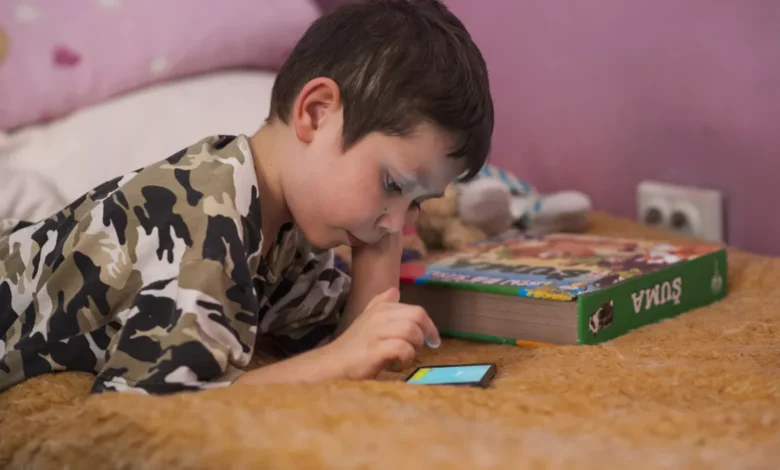How to keep your child safe online

1. Set clear ground rules
Have honest conversations with your children about who they communicate with and how, and who can see what they post online.
Explain that anything that goes online – pictures, videos, comments, things they share with others and what others post and share with them and about them – leaves behind a trail of information about them. To make sure they’re leaving a positive “digital footprint”, they should be mindful about what they do and say online.
Make sure they understand that discriminatory or inappropriate contact is never acceptable. No one should spread rumours or share hurtful or embarrassing stories or photos. What may seem like a harmless joke to one person can be deeply hurtful to others.
If your child experiences something online that makes them feel upset, uncomfortable or scared, encourage them to tell you or a trusted adult immediately.
Children often ‘know’ the perpetrators of online harassment or abuse, so it is important to help them to be alert and know how to respond to any problematic behaviours they encounter online.
Work with your child to establish rules on how, when and where to use devices.
